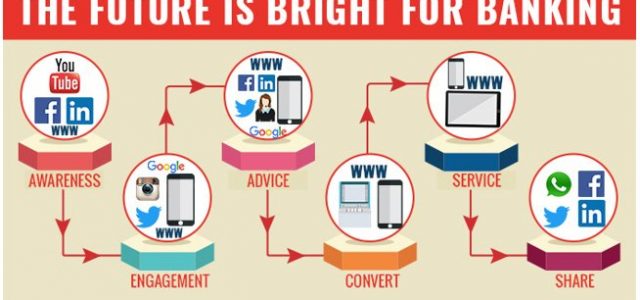The role of the modern CIO is rapidly changing. It’s no longer a position for those with limited tech knowledge who manage IT staff and budget. It’s a much more expansive role, one that must appreciate how IT’s solutions and processes ultimately affect the business as well as the end consumer experience.
Here are 5 major factors driving the evolution of the CIO:
1. Managing the Pace of Change:
In today’s world, technology tools change rapidly making it difficult to keep up. Instead of trying to stay up to date and deploy one system after another, the CIO should shift their focus on technology to the broader needs of the business and from there develop IT solutions accordingly. Change should never be made for the sake of keeping up, it should come from a deeper need to increase efficiency or improve the experience for internal or external users.
2. The Customer-Centric World
This shift to a consumer-centric dynamic is technologically aided. With mobile technologies, people have instant access to information and this builds the expectation of immediate gratification and answers. Meeting the needs of these demanding consumers requires data, which means CIOs need to understand the work of data scientists and innovation experts who understand how to leverage Big Data and use the latest analytics tools to measure and improve customer experience metrics.
3. The Rise of Cloud
Cloud technologies are responsible for another shift in the CIOs typical duties. More companies are moving internal and consumer-facing services into the cloud, which then removes physical hardware from the IT staff. The back-end of the tech is largely removed, in its place there is a focus on refining various applications and processes so they are easier to use and offer more features. CIOs need to helm these processes efficiently by reviewing data and recommending changes that will have the most measureable impacts.
4. The Talent Gap
Building a qualified IT staff has never been more important, as CIOs need the right people in place who have to strike a balance between technical knowledge and a deep understanding of how their role fits into the overall business. The pace of tech change also demands certain skills sets and this demand outweighs the supply available workers. To alleviate this talent gap many CIOs are moving towards and IT Outsourcing model.
5. The New Job Requirements
CIOs also require finance skills, not just on the budgeting of resources, but on comparing spending to the revenue produced. For example, a CIO might oversee the selection of a new BI platform, with a keen eye on immediate maintenance costs, but also must detail how the platform will improve actual business processes and revenue results. IT projects must now focus on the customer experience, whether it’s integrating chat and call center data for streamlined customer service or leveraging the internet of things to improve physical products.
Essentially, the new CIO must manage multiple roles, and understand the broader context of the business in terms of how it is presenting itself to customers and partners. This requires closer interaction with marketing and sales, including the need to develop solutions that work for an increasingly mobile-based workforce. They need an understanding of the reasons why consumers take certain actions, and how to adjust technology platforms to adjust those actions for positive results.
Article by channel:
Everything you need to know about Digital Transformation
The best articles, news and events direct to your inbox
Read more articles tagged: Featured, Leadership






